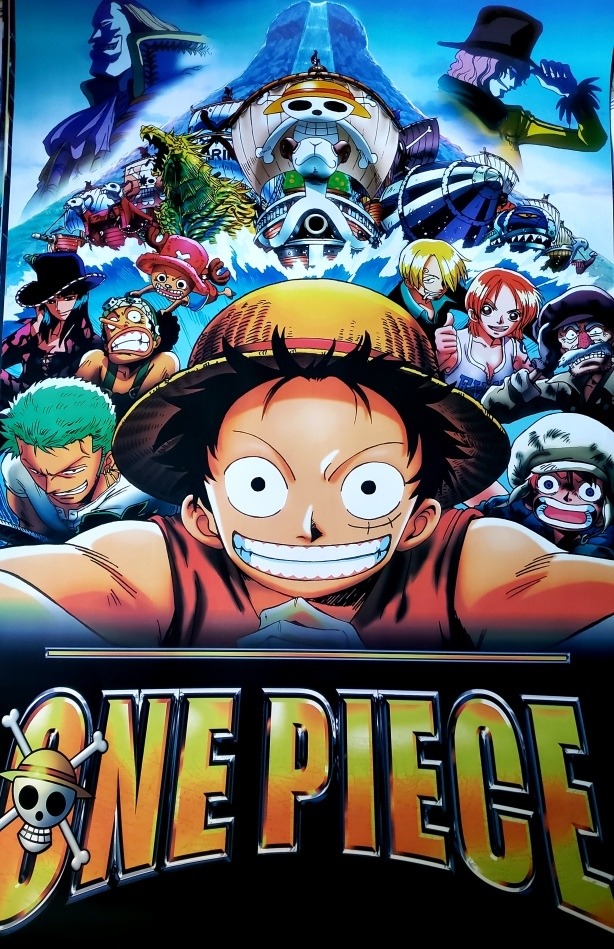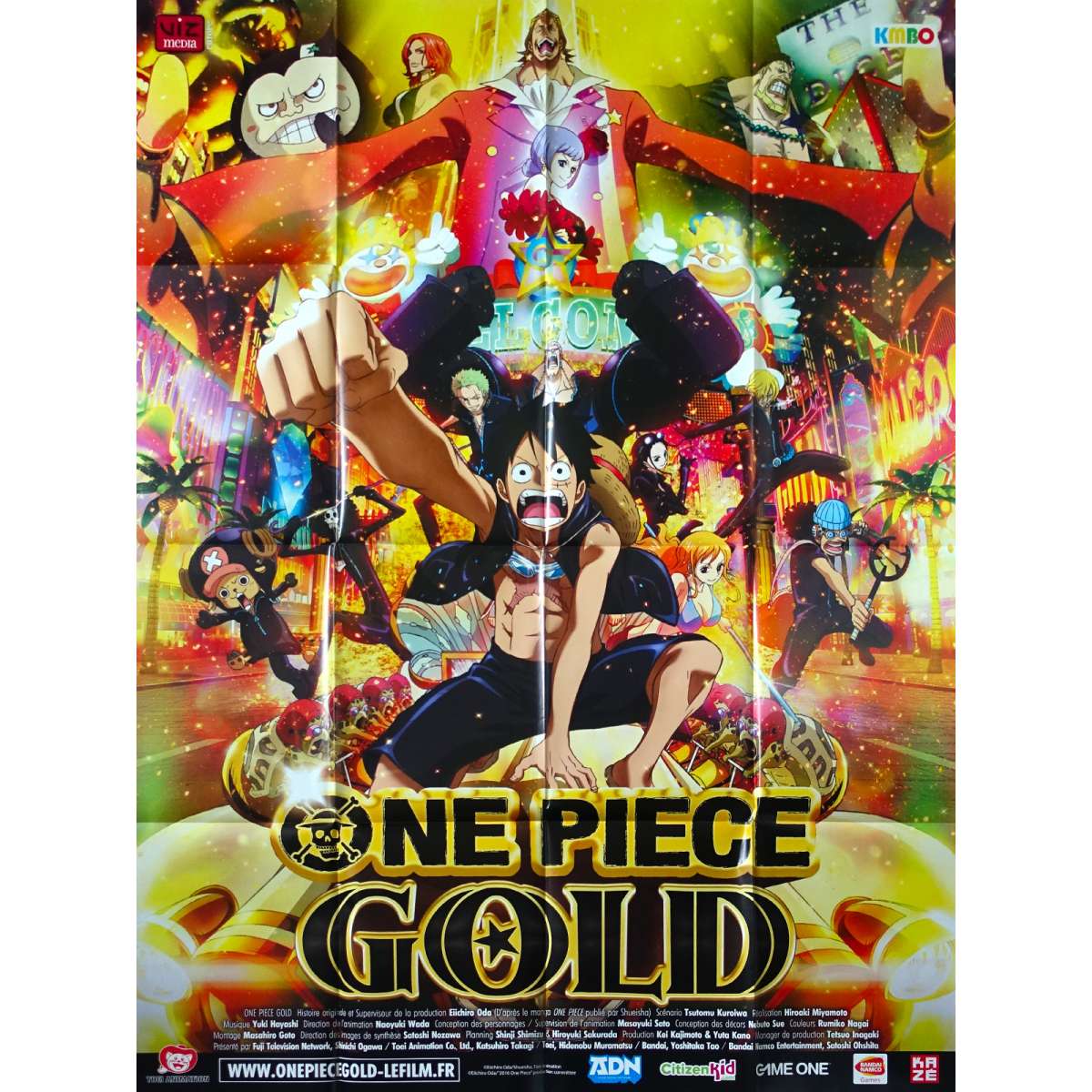

Yet thinking beyond the confines of the museum space, particularly with contemporary work, can restore some of that original intent and function without sacrificing the desire to preserve, codify, and teach. Short of creating environmental dioramas that verge on camp, a curator can do little to replicate the way a poster was meant to be seen. By bringing them into a museum setting, I’m also fundamentally changing how they function, removing them from their communal, street-facing context, and taking away their intended purpose of mass communication, often alienating or ignoring their original audience. The ironic challenge in curating posters is that I’m focusing on objects that were never intended to survive. Amos Paul Kennedy Jr., “Art Rights” (2011), letterpress on chipboard, 18 9/10 inches x 12 3/5 inches (photo courtesy Poster House) Posters are evidence of the texture of daily life, the things that don’t make the footnotes.

Through ephemera, we can look at the world from the bottom up: what bands played in a small town for one night, what products were only available in a country between two coups, what political party existed for just a month before being absorbed by a larger group or vanishing altogether. Because of this, posters can tell us more about a given period of time than most history books. What distinguishes a great poster is when the message is married with clever, exciting, vibrant graphic design, allowing it to cut through the visual noise of the world and hold its audience’s attention. This is the biggest difference between a poster and a decorative print or other types of fine art - the artist’s vision is secondary to fulfilling the brief. If a poster doesn’t communicate its message in less than a second, it’s failed.Īs such, the history of posters is the history of communication. There are nuances to that definition that are hotly debated in the poster community - the differences between a broadside, a handbill, signage, a flyer - but all of these categories share the imperative for clear communication. This is not uncommon, as one of the greatest challenges I face on a daily basis is explaining what a poster actually is.Īt the most fundamental level, a poster is a public-facing notice meant to persuade. I received permission to go through the poster collection of a prominent museum that shall not be named, only to find a stack of archival boxes, uncatalogued and unlabeled, filled with pages from old magazines, newspaper clippings, and one actual poster. Museums can’t even agree on where to house their posters - some put them in the architecture department, others in prints and drawings. I am one of a handful of poster-specific scholars in the world, studying a medium most art historians feel is inferior to the fine arts. Once the new emperors are defeated and established, people like Zoro and Sanji will presumably inherit the position, but we'll have to wait for the end of this month and a half hiatus.Being a poster curator is a strange business. King, Queen and Jack (Kaidou's wings), Marco (Whitebeard's wings) and Katakuri (Big Mom's faithful squire). Until now it was an exclusive club of which only the commanders of the former emperors of the sea were members. Will Buggy be added to these issues in the near future? A figure that has not been chosen at random, but because it is just what those they have just defeated (Kaidou and Big Mom, with 4,611 million and 4,388 million respectively, for a total of 8,999 million) add up to.Īnd behind them lurks Blackbeard, the great villain of the series, whose bounty has surely also grown and will be revealed as soon as we leave Wano. The heads of Luffy, Law and Kid are worth 3 billion berries each for a total of 9 billion. Next would come the so-called Worst Generation, a wave of young pirates who have come to take over the world and defeat the old emperors. The Worst Generation and the New Emperors


 0 kommentar(er)
0 kommentar(er)
